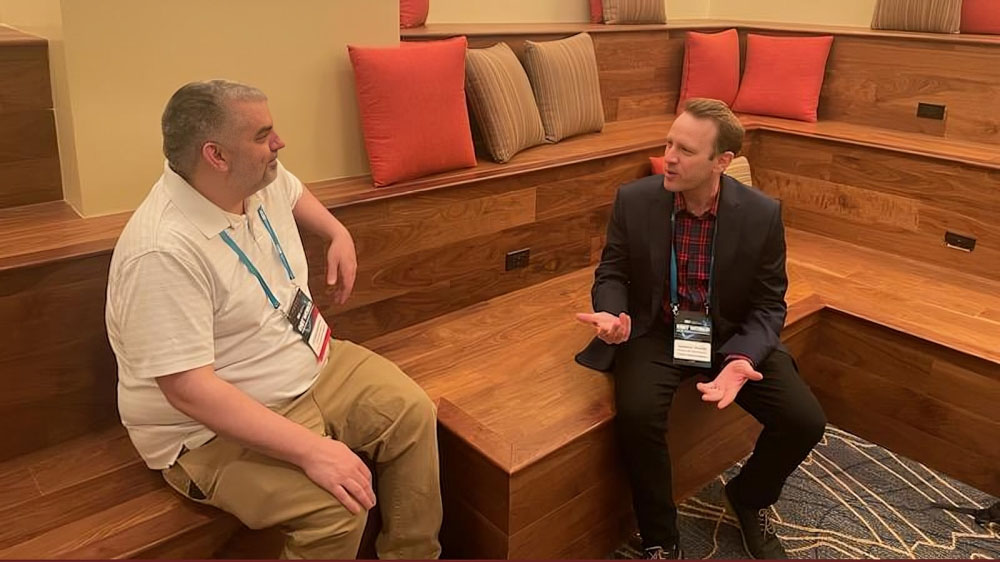New Q2 data from Synergy Research Group shows that the enterprise SaaS market is now generating $20 billion in quarterly revenues for software vendors, a number that is growing by 32% per year. Microsoft has a worldwide market share of over 17% and is now the leading SaaS vendor by some distance, having overtaken Salesforce nine quarters’ ago. Thanks primarily to its leadership in the high-growth collaboration segment, Microsoft’s annual revenue growth is running at 45%, far surpassing overall market growth. Salesforce remains the dominant player in CRM, but this segment is relatively low growth compared to other SaaS segments, enabling Microsoft to pull ahead in the overall SaaS market. The two leaders are followed by Adobe, Oracle, and SAP, with Oracle achieving the highest growth rate among these three. In aggregate these top five SaaS vendors now account for just over half of the market. The next ten vendors account for another 26% of the market. Among these ten, the vendors with the highest growth rates are ServiceNow, Google, ADP, and Workday. It’s notable that the market remains quite fragmented, with different vendors leading each of the main market segments.
In many ways, the enterprise SaaS market is now mature. However, SaaS still accounts for less than 15% of total enterprise software spending and therefore remains small compared to on-premise software, meaning that SaaS growth will remain buoyant for many years to come. While SaaS growth rate isn’t as high as IaaS and PaaS, the SaaS market is substantially bigger and it will remain so for the foreseeable future. Synergy forecasts strong growth across all SaaS segments and all geographic regions.
“There is a fascinating battle for SaaS playing out, with traditional enterprise software vendors slugging it out with born-in-the-cloud vendors like Workday, Zendesk, ServiceNow, and Dropbox,” said John Dinsdale, a Chief Analyst at Synergy Research Group. “The latter group are helping to rapidly transform the market, but the more traditional players like Microsoft, SAP, Oracle, and IBM still have a huge base of on-premise software customers that they can convert to a SaaS-based consumption model. Meanwhile, Cisco and Google,†too, are making ever-bigger inroads into the SaaS market, via Cisco’s collaboration apps and software vendor acquisitions and Google’s G Suite.”












